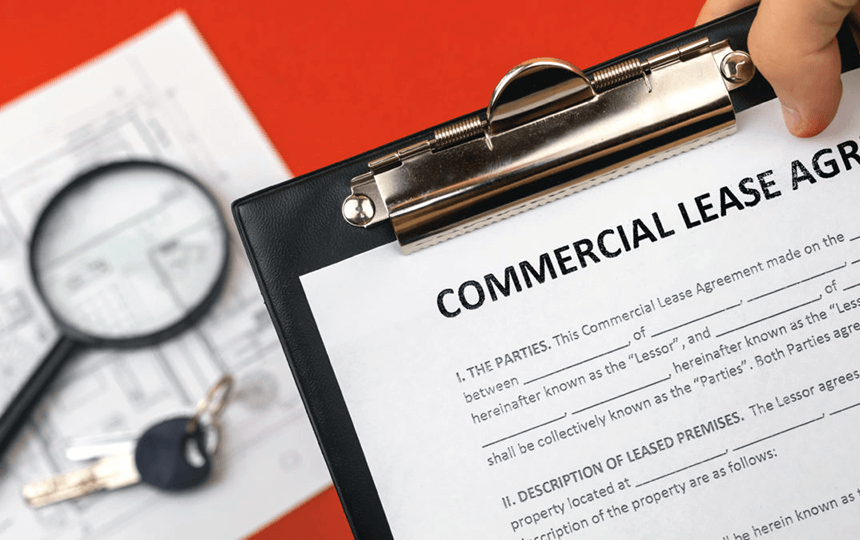I often get inquiries from companies looking to lease lab space. When asked how much space they need, they often reply that right now they need X. The amount differs from one company to another; however, hopefully, if the project takes off, they will need to expand.
Tenants who may need to expand in future don’t want to incur additional expense and commit to a larger space today. This presents several challenges. For example:
- lab leases are typically a minimum of 3-5 years, which may overlap with the timing for the need to expand
- lab buildouts and GMP pharma manufacturing facilities are quite expensive
- much of the necessary infrastructure and equipment from the initial buildout cannot easily be relocated into a larger space
When it comes to how to lease lab space now and prepare for expansion in the future, expert advice goes a long way.
Consider these five tips for emerging life science companies:
1. First and foremost, it is important to lease from a landlord who either controls a lot of space in a given market, or one who has a vacant space, or soon to be vacant space, contiguous or nearby the space that meets the tenant’s current need. This will at the very least give you some options.
2. Negotiate an expansion option locking in the rent for the future space with a work letter comparable to the current transaction. The best time to do this is while you are in the negotiation phase for the initial space and have leverage with the landlord.
3. If there is no vacant space contiguous to your initial location to allow for expansion, negotiate with the landlord to allow the tenant to cancel their current lease and relocate into other spaces controlled by the same landlord with no penalty fee.
4. It may also be prudent to negotiate a termination clause to give you some flexibility to end the lease and look for space elsewhere to accommodate your expansion needs. You may have a termination fee as well as other unamortized expenses with this option, but at least you will know ahead of time what these expenses will be should you need to terminate the lease.
5. Consider having your initial design incorporate the possibility for expansion plans for the future. This may help save time and money if and when your company decides to commit to the expansion space.
As with most complex situations, planning ahead gives you the best possibility for options with less surprise costs. Furthermore, it is best to plan for multiple possible scenarios when dealing with future unknown factors regarding timing and expense. The five economical and practical suggestions listed above will help facilitate future expansion space for emerging life science companies.
—
Please contact for more information about available laboratory space in New Jersey.
Jeanne Sabo-Rothenberg, CCIM
Vice President
NAI DiLeo Bram & Co.
Cell: (908) 377-9004
https://www.commercialrebroker.com/
jrothenberg@naidb.com

